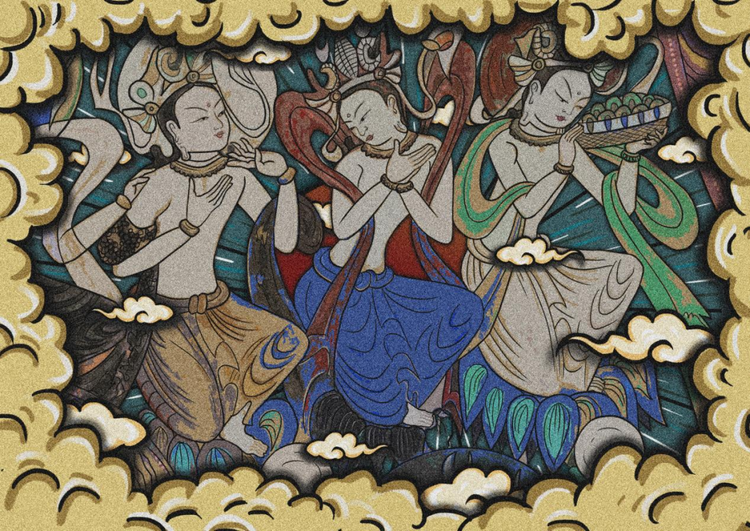
The World Cultural Heritage — Dunhuang Murals
On November 16, 1972, the 17th Session of the General Conference of UNESCO adopted the Convention Concerning the Protection of the World Cultural and Natural Heritage in Paris. The document gives the definition of cultural and natural heritage, proposes national and international protection measures for cultural and natural heritage, and encourages the identification, conservation and renovation of cultural and natural heritage of outstanding universal value around the world. It offers opportunities for people to learn about heritage and promote related efforts of conservation. 2022 will mark the 50th anniversary of establishment of the Convention.
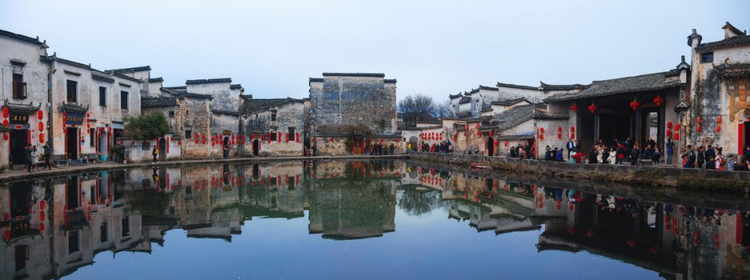
Hongcun Village in Anhui Inscribed as a UNESCO World Heritage Site in 2000
China officially ratified the World Heritage Convention on December 12, 1985. So far, the total number of world heritage sites in China has reached 56, including 38 world cultural heritage sites, four world cultural and natural heritage sites, and 14 world natural heritage sites. China is thus one of the countries with the most complete categories of world heritage sites in the world. It also boasts the largest number of both world natural heritage sites and world cultural & natural heritage sites.
With so many world heritage items in our country, we should consider the question of how to attract more people to explore, protect and inherit the spirit and culture they embody instead of allowing them to simply lie in people's phone albums as pictures taken during tourist trips.
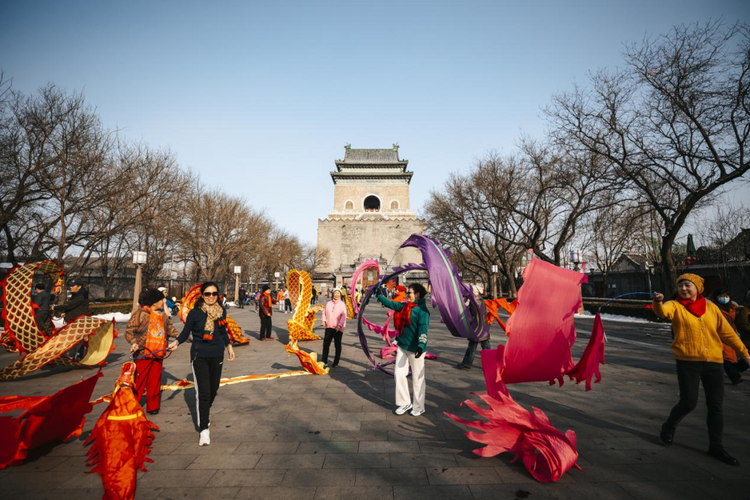
Beijing citizens celebrate the bidding of Beijing Central Axis for world heritage status with dragon dance in front of the Bell Tower.
The second season of "The Shape of Culture" was officially launched in order to help more young people fall in love with world heritage and inherit relevant culture, and make world heritage part of people's daily life. With the patterns of "World Heritage +", it integrates rich culture and spectacular landscape heritage on vast land into inspiration for TV and film production, making the show more youngster-oriented, close to people's lives, culturally representative and thought-provoking. By moving beyond presenting a macro summary of figures, the program combines heritage with life, knowledge with entertainment. Inviting groups of people to appreciate the heritage sites, it encourages the public to look into the details of the world heritage, so that history and culture can truly reach ordinary people, make them realize their duty to protect the heritage and give real life to the world heritage.
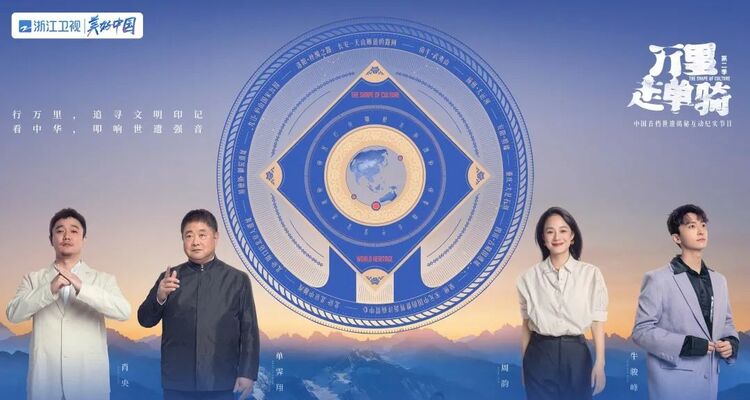
In this season, Shan Jixiang, president of the Chinese Society of Cultural Relics, and former director of the Palace Museum, served as the initiator and led the "Miles-Traveling Youth Group", the guest group in the show, going on a field trip to explore 10 UNESCO World Heritage Sites and two potential sites for World Heritage status application, during which vivid interpretation of the sites were provided amid interaction among the guests. At each of the site visited, an innovative program called "World Heritage Awakening" was devised, including national style concerts, national fashion shows, art-themed exhibitions, and midnight poetry sessions. Featuring cultural rituals and artistic expression, these public events highlighted the power of youths in traditional cultural protection and called on the audiences to love and inherit world cultural heritage.
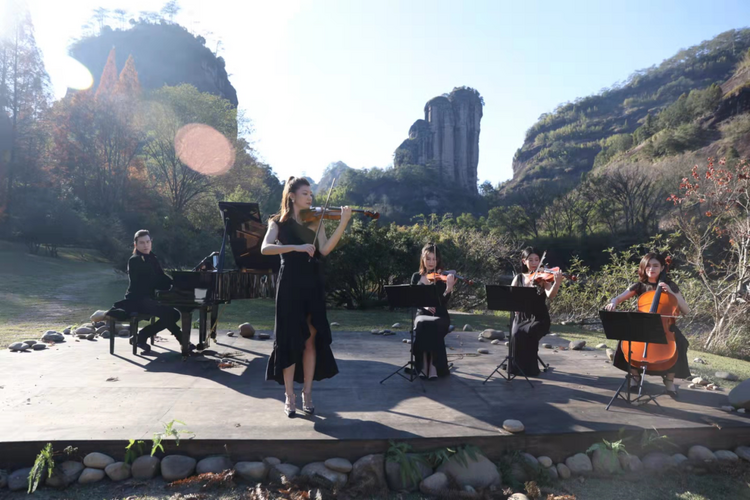
Nature Symphony—The Wuyi Mountain "World Heritage Awakening" in "The Shape of Culture" Season 2
World Heritage + Aesthetics
Creating a "Visual Feast of Culture"
Promotion of world heritage is about not only offering the basic knowledge of world heritage, but also focusing on the revitalization of each World Heritage Site in the present era. As is reflected by "World Heritage + Aesthetics", each World Heritage Site features its own unique beauty, and men have been continuously pursuing beauty throughout the ages.
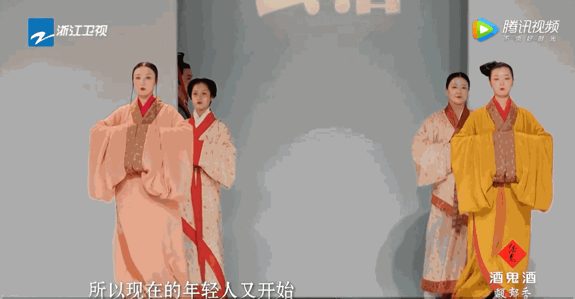
In Luoyang, Henan Province, the ancient capital of 13 dynasties in China, a time-traveling costume show called "Five Dynasties at Luoyang" presented the charm of ancient Chinese costumes that symbolize the millennium-old Chinese civilization of rites and music. Highlights included solemnity in the Zhou Dynasty (1046 B.C.—256 B.C.), the simplistic culture of the Han Dynasty (202 B.C.-220 A.D.), the unswerving spirit of the Wei and Jin Dynasties (220 A.D.—420 A.D.), elegance of the Northern and Southern Dynasties (420 A.D.—589 A.D.) and magnificence of the Tang Dynasty (618 A.D.—907 A.D.). With the floating robes and flying drawstrings, world cultural heritage won the favor of young people with its beauty and embraced them by transcending time and space.
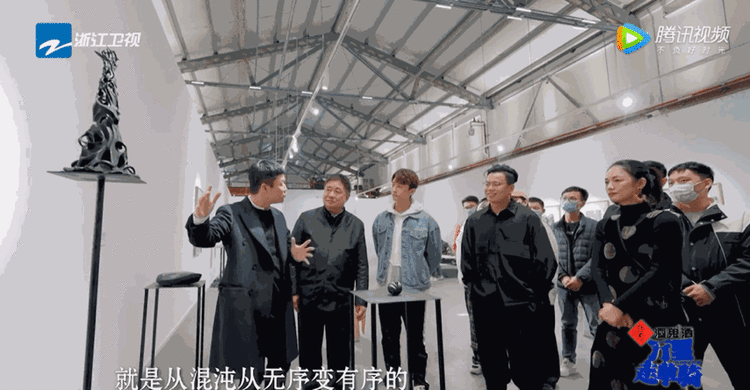
Compared to ceaselessly promoting Jingdezhen as "China's porcelain capital", staging a "Universe of Porcelain" exhibition can perhaps resonate with more people. Shan Jixiang, president of the Chinese Society of Cultural Relics, and former director of the Palace Museum, has noted, "What is the root and soul of Jingdezhen? I think it is the perseverance of craftsmen and the inclusive innovation." Whoever goes to the exhibition or watches the show will agree with his words.
World Heritage + Music
Touching the Music Notes of World Heritage
In addition to the remarkable visual feast, "World Heritage +" featured another form of presentation —using the auditory sense to trigger the communication between charming world heritage and the listeners.

In Quanzhou, known as a "living museum", you can witness the charm of world heritage everywhere when you stroll through its streets and alleys full of activities. Quanzhou has well preserved the form and essence of world heritage items and integrated them into daily life during generations of inheritance. In particular, the lingering nanyin, one of the oldest existing musical forms in China, reminds us at all times that world heritage should not be kept high in the shelf, but integrate into people's daily life so that it can be more familiar to ordinary people.

Artistic expression can be more intriguing with the presence of nature. A nature symphony was held in the Wuyi Mountain with the sky being its backdrop and the lake being its stage. With natural elements cleverly incorporated into the music, the world heritage peaked in its beauty. For each piece of music, the scenes of mountains, rivers, trees and flowers in the human world were captured in the music notes. Recalling the sounds of nature such as croaking frogs, swinging twigs and babbling brooks, the audiences were deeply touched by the harmony between man and nature. Even the forest seemed to join the concert on this enchanting evening.
World Heritage + Poetry
Starting a Journey of Culture and Philosophy
In addition to the "interesting trip of culture", "World Heritage +" could also help the audiences explore humanities and social sciences by going on a "journey of culture and philosophy". On the way, everyone was enlightened by the collision between the past and the future, and the East and the West.
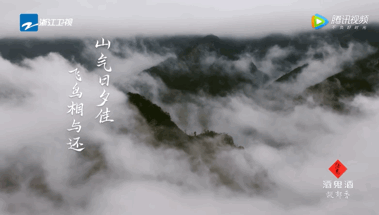
Standing on the banks of the Yangtze River and Poyang Lake amid high mountains and deep valleys, Mount Lushan has nurtured colorful scenery which intoxicates countless visitors. Throughout history, numerous writers and poets have come here and left beautiful poems and articles eulogizing its charm. Notably, Mount Lushan was the first in China to be selected as an item of World Cultural Landscape Heritage.

The famous poet Li Bai (701 A.D.—762 A.D.) in the Tang Dynasty (618 A.D.—907 A.D.) once wrote the lines "Its torrent dashes down three thousand feet from high; As if the Silver River fell from azure sky" for Mount Lushan. Another Tang poet Bai Juyi (772 A.D.—846 A.D.) also composed Ode to a Lady's Pipa Play near this place. Thus, it was highly relevant to hold a Poem Recitation Session right here, highlighting the glamour of world heritage with the charm of literature.
World Heritage + Science & Technology
Reproducing the Magnificence of World Heritage in Inheritance
"World Heritage + Science & Technology" broke the stereotype of world heritage as mere historical items and allowed the public to appreciate the key role of modern science & technology in promoting excavation, protection and inheritance of world heritage.
In the restoration hall of the Sanxingdui Museum and the excavation site at Sanxingdui, you can see the daily work of archaeologists and the sci-tech equipment crossing multiple disciplines they carry for archaeological work. Protective suits, temporary laboratories, adjustable portable workbenches, and many more. Thanks to these technologies, we can now have the opportunity to get a glimpse of the bronze civilization of ancient Shu, which is shrouded in the mist of mystery.
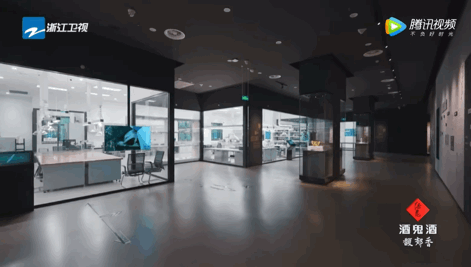
The restoration of "Qianshou Guanyin", a Buddhist statue with 1,000 hands, witnessed the application of modern science & technology like X-ray "physical examination", infrared thermal image detection and three-dimensional video microscope observation in large immovable stone cultural relics for the first time. The Ape Man Cave Protection Site, known as "the best protection project in the world", was not completed until seven years of scientific research and three years of construction were finished in line with the principle of "minimum cover, zero hazard and integration into nature". Sci-tech progress allows cultural relics to prolong their "lives" and leaves room for subsequent preservation and cultural inheritance.
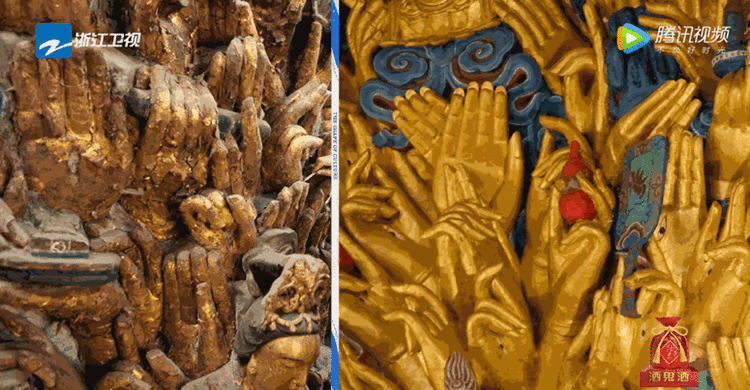
Science & technology can also facilitate the presentation of world heritage. In Mount Lushan World Heritage Monitoring and Early Warning Display Center, technologies can not only be used to detect the real-time situation of each preservation site, but also showcase the scenery of Mount Lushan in four seasons through touch-screen man-machine interaction. With these two means of presentation on the "cloud", the beauty of Mount Lushan will be fully accessible. Perhaps we can also restore historical scenes through 3D or VR technology in the near future.
World Heritage + Presentation
Connecting the Past and the Future
"World Heritage +" was also reflected in myriad forms of presentation. At the archaeological site of Yinxu in Anyang, Henan Province, a high-tech show consisting of 600 drones lit up the starry sky at night with the display of Chinese characters, bringing an unparalleled visual feast to the audiences. Transcending time and place, Chinese characters dating back thousands of years were brought to life in the form of "Cyberpunk" and presented vividly to people in Anyang, which is home to the ancient oracle bone scripts.
The amazing "Night at the Museum" at Zhoukoudian traced 700,000 years of human evolution in China and revealed the significance of searching by presenting an immersive dialogue with Peking Man "1.0" to "4.0". The program also spent two days building more than 30,000 "super deluxe" dominoes to present the dynamic "life history" of the 1,000-mile Grand Canal, marking the significance of efforts lasting for thousands of years. The architectural wonder could bring much more than pride and surprise.
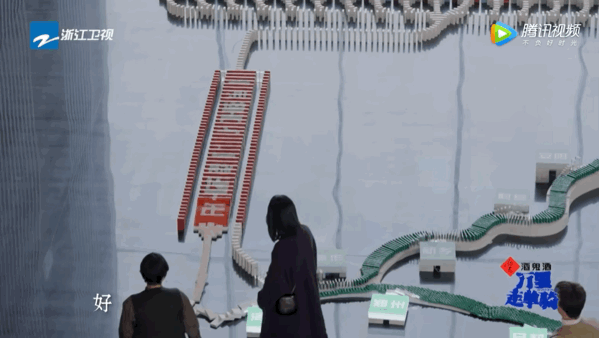
The innovative patterns of "World Heritage +" in the second season of "The Shape of Culture" strengthens young people's awareness of world heritage, stimulates the innovative development of the cultural and creative industries about world heritage, encourages the young to safeguard the ancient civilization and injects new vitality into the places visited, providing new inspiration for the promotion of world heritage.
The program is both science and entertainment-oriented, with an average audience rating of 0.917. Up to now, the show has been viewed more than 35 million times across all media platforms, receiving countless comments from followers and netizens. Hashtags like #The Knowledge of World Heritage in The Shape of Culture#, #How Exquisite Can the Desserts of the Tang Dynasty Be#, #Why the Central Axis of Beijing Can Apply for World Heritage Status#, #Qianshou Guanyin Also Needs to Take X-rays for Medical Examination#, have ranked among the trending topics on major media platforms 91 times, with a total of 2.14 billion views of related topics on Weibo. Netizens noted that as the program enables traditional culture and modern culture to break the boundaries and come hand in hand with each other, they can better learn about and inherit the world heritage, and have a deeper sense of undertaking the mission to safeguard the world heritage. This is only one of the first steps forward. We look forward to more quality content and forms in the future, so that the long-standing Chinese civilization will continuously be passed on from generation to generation.